Home>Interior Design>What Color Is Good For Health? The Experts Agree On This One Color
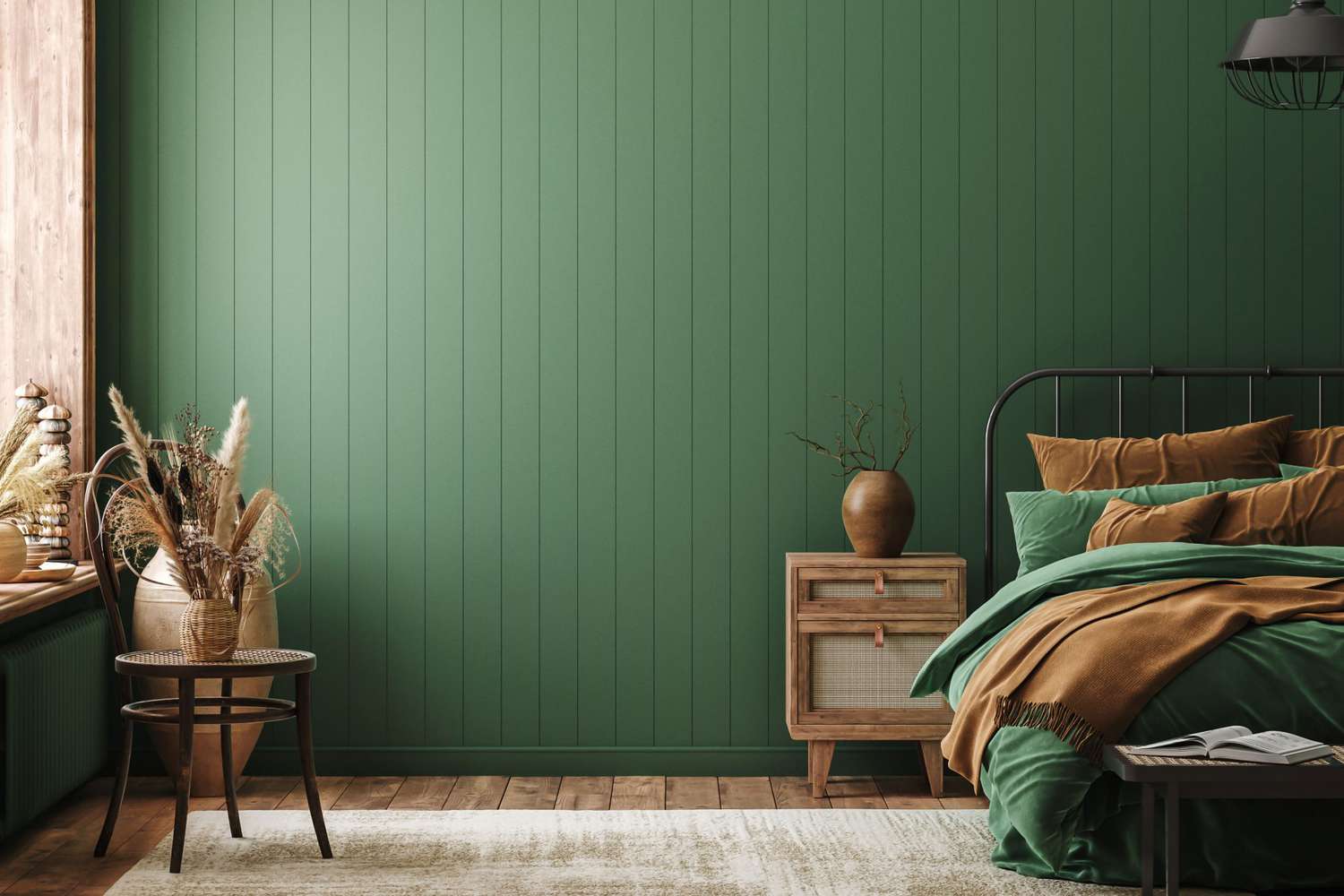

Interior Design
What Color Is Good For Health? The Experts Agree On This One Color
Modified: January 5, 2024
Discover the perfect interior design color for your health. Experts unanimously agree on the positive impact of this one color on your overall well-being.
(Many of the links in this article redirect to a specific reviewed product. Your purchase of these products through affiliate links helps to generate commission for Storables.com, at no extra cost. Learn more)
Introduction
Color plays a profound role in our daily lives, affecting our moods, emotions, and overall well-being. From our wardrobe choices to the colors we choose to surround ourselves with, it’s clear that color has a significant impact on our psyche. But when it comes to health, is there a specific color that stands out as the best choice? In this article, we delve into the world of color psychology and consult the experts to uncover the color that unanimously reigns supreme in promoting health and well-being.
For centuries, cultures around the world have recognized the therapeutic properties of color. Ancient Egyptians used chromotherapy, the practice of using colors to heal the body, while traditional Chinese medicine incorporates color therapy into their treatments. Even modern interior designers and healthcare professionals have embraced the power of color in creating healing environments.
While each color has its own unique properties and effects on our emotions, researchers and experts have come to a consensus regarding the best color for health. This color has been shown to have both psychological and physiological benefits, making it the optimal choice for promoting overall wellness.
Join us as we delve deeper into the world of color and discover the experts’ choice for the best color to enhance health and well-being.
Key Takeaways:
- Green is the unanimous choice for promoting health and well-being, offering psychological, emotional, and physical benefits. Its calming, soothing, and rejuvenating properties make it ideal for creating healing environments in healthcare settings.
- Incorporating green into healthcare spaces through paint colors, fabrics, natural elements, and artwork can create a sense of tranquility, connection with nature, and overall well-being for patients, staff, and visitors.
The Significance of Color in Health
Color has a profound impact on our emotions, thoughts, and physical well-being. It has the ability to evoke powerful emotional responses and stimulate various physiological reactions in our bodies. This makes color a powerful tool in promoting health and well-being.
Research has shown that different colors have different effects on our minds and bodies. For example, warm colors such as red and orange are associated with energy, stimulation, and increased heart rate. These colors can be beneficial in areas where physical activity and energy are desired, such as gyms or exercise rooms.
On the other hand, cool colors like blue and green have a calming and soothing effect on our minds and bodies. They are often associated with relaxation, tranquility, and reduced stress levels. These colors have been found to lower blood pressure, heart rate, and even improve sleep quality.
Understanding the significance of color in health is crucial for creating healing environments, whether it’s in hospitals, clinics, or even our own homes. By strategically incorporating colors that promote health and well-being, we can positively influence our mental and physical states.
However, it’s important to note that individual responses to color can vary. Personal experiences, cultural backgrounds, and personal preferences can all influence how we perceive and react to different colors. Therefore, it’s essential to consider the specific needs and preferences of individuals when creating color schemes for healthcare spaces.
Now that we understand the impact of color on our well-being, let’s delve into the consensus among experts on the best color for health.
The Experts’ Consensus on the Best Color for Health
When it comes to determining the best color for promoting health and well-being, experts from various fields agree on one color: green. Green has long been recognized as a symbol of nature, renewal, and life, and it holds a special place in promoting health.
The consensus among experts is based on a combination of scientific research and anecdotal evidence. Studies have shown that exposure to green environments has a positive impact on our mental and physical health.
Psychologically, green is associated with feelings of calmness, harmony, and balance. It has a soothing effect on our nervous system, helping to reduce stress levels and promote relaxation. This is particularly beneficial in healthcare settings where patients often experience high levels of anxiety and stress.
Physiologically, green has been found to have a restorative effect on our bodies. Research has shown that being in green spaces, such as parks or gardens, can help lower blood pressure, decrease cortisol levels (the stress hormone), and improve overall mood and well-being.
In addition to these psychological and physiological benefits, green is also associated with healing and growth. It is believed to have a positive impact on our immune system and the body’s ability to recover from illness or injury.
Furthermore, green is a versatile color that can be incorporated into various healthcare settings. From the walls and furniture in hospitals to the natural elements in a doctor’s office, the presence of green can create a peaceful and healing environment.
It’s worth mentioning that while green is the consensus among experts, other colors also have their unique properties and benefits. Blue, for example, is known for its calming effect and is often used in healthcare settings to promote a sense of serenity. Yellow, on the other hand, is associated with warmth and optimism, making it suitable for areas where positivity and energy are desired.
However, when it comes to overall health and well-being, green is the color that experts unanimously agree on. By incorporating green into our surroundings, we can create spaces that promote relaxation, rejuvenation, and overall wellness.
Psychological Effects of the Recommended Color
The recommended color for health, green, has a profound impact on our psychological well-being. It evokes a range of positive emotions and helps create a harmonious and calming atmosphere.
One of the primary psychological effects of green is its ability to promote a sense of tranquility and relaxation. When we see green, our brains interpret it as a sign of safety and security, which can help reduce feelings of anxiety and stress. This is particularly beneficial in healthcare environments, where patients often experience heightened emotions and nervousness.
Green is also associated with feelings of harmony and balance. It has the power to restore our mental equilibrium and create a sense of inner peace. This is why green is often used in meditation and relaxation spaces, allowing individuals to connect with nature and find serenity within themselves.
Furthermore, green is closely linked to nature. Being surrounded by greenery, whether it’s plants or natural landscapes, has been shown to improve mood and well-being. It connects us to the outdoors and instills a sense of freshness and vitality.
In addition to its calming effects, green is also known to enhance focus and concentration. Studies have shown that viewing the color green can improve cognitive performance and increase attention span. This is particularly relevant in healthcare settings where mental clarity and focus are important, such as in examination rooms or therapy sessions.
The psychological effects of green extend beyond the individual level. It has been found that green spaces can foster a sense of community and social connection. People are more likely to engage in conversation and build relationships in green environments, which can contribute to a positive and supportive atmosphere.
Overall, the psychological effects of the recommended color, green, are wide-ranging and beneficial for our mental well-being. It promotes feelings of tranquility, harmony, and balance, reduces stress and anxiety, enhances focus, and fosters social connections. By incorporating green into our surroundings, whether it’s through paint colors, furniture, or natural elements, we can create environments that nurture our psychological health.
The color green is often associated with health and well-being. It is known to have a calming and balancing effect, making it a good choice for promoting a sense of harmony and vitality. Incorporating green into your surroundings, such as through plants or decor, can help create a healthy and rejuvenating environment.
Emotional and Physical Benefits of the Recommended Color
The recommended color for health, green, not only has psychological effects but also offers a range of emotional and physical benefits. Its association with nature and vitality makes it a powerful color for promoting overall well-being.
Emotionally, green is known to evoke feelings of freshness, renewal, and hope. It symbolizes new beginnings and growth, instilling a sense of optimism and positivity. Being surrounded by green can uplift our mood and enhance our emotional well-being, creating a positive and nurturing environment.
Green is also synonymous with peace and tranquility. It has a calming effect on our emotions, helping to reduce stress, anxiety, and even anger. This is particularly significant in healthcare settings, where patients and caregivers alike can benefit from a sense of serenity and emotional stability.
Physically, the recommended color green is associated with numerous health benefits. Research has shown that exposure to green environments can help lower blood pressure, reduce heart rate, and even improve digestion. The color’s association with nature and life enhances our connection with the natural world, which has a profound impact on our overall physical well-being.
Moreover, green is believed to have healing properties and the ability to promote the body’s natural healing processes. Studies have shown that patients who have a view of greenery or access to outdoor spaces tend to recover more quickly and experience better healing outcomes. This suggests that green has a tangible impact on our physical health, aiding in faster recovery and enhancing our immune system.
Another physical benefit of green is its potential to improve sleep quality. As a soothing and calming color, green can help create a serene and relaxing atmosphere in bedrooms. This can aid in falling asleep faster, achieving deeper sleep, and waking up feeling refreshed and rejuvenated.
In addition to its emotional and physical benefits, green is also believed to be a color of balance and harmony. It helps create a sense of equilibrium and stability within our bodies and minds. This balance is essential for overall well-being and can contribute to increased energy levels and improved overall health.
Overall, the recommended color green offers a wide range of emotional and physical benefits. It promotes feelings of freshness, peace, and optimism while enhancing our overall physical well-being. By incorporating green into our surroundings, we can create spaces that nurture our emotional health, support our physical well-being, and foster a sense of balance and harmony.
Use of the Recommended Color in Healthcare Settings
Given the numerous benefits of the recommended color green, it comes as no surprise that it is widely used in healthcare settings. From hospitals and clinics to doctor’s offices and rehabilitation centers, the presence of green can significantly impact the well-being of patients, staff, and visitors.
One of the most common applications of green in healthcare settings is through paint colors on walls and ceilings. Green hues create a calming and soothing atmosphere, helping to reduce anxiety and stress for patients and their families. It creates a sense of tranquility and promotes a healing environment. Soft shades of green, such as sage or mint, are often favored as they have a gentle and nurturing quality.
In addition to paint, green can also be incorporated through the use of fabrics and upholstery. Green curtains, bedding, and furniture can create a sense of comfort and harmony in patient rooms, waiting areas, and communal spaces. These elements contribute to a cohesive and serene ambiance that supports the healing process.
Natural elements, such as plants and indoor gardens, are another way to infuse healthcare spaces with the recommended color. Adding greenery not only enhances the aesthetics of the environment but also promotes a connection with nature. Plants have been shown to improve air quality, reduce stress levels, and create a sense of vitality and life.
Healthcare facilities can also utilize artwork and photographs featuring green landscapes or natural scenes. These depictions can transport patients and visitors to a calm and peaceful state of mind, offering an escape from the clinical environment and promoting a sense of well-being.
The use of the recommended color green is not limited to patient areas alone. It is equally important in staff areas, such as break rooms or offices, to provide a sense of respite and rejuvenation for healthcare professionals. The presence of green can help reduce their stress levels and create a more positive and supportive work environment.
When implementing the recommended color, it is essential to strike a balance and consider individual preferences. Too much green can become overwhelming, while a lack of green can negate its beneficial effects. Consulting with interior designers or color specialists can ensure a cohesive and well-thought-out use of green in healthcare settings.
Overall, the use of the recommended color green in healthcare settings is integral to creating a healing environment. Whether through paint colors, fabrics, natural elements, or artwork, incorporating green supports the well-being of patients, staff, and visitors alike. It creates a sense of calm, nurtures a connection with nature, and enhances the overall healing experience.
Conclusion
Color has a significant impact on our well-being, and when it comes to promoting health, the experts agree on one color: green. Green is more than just a color – it is a powerful symbol of nature, renewal, and life. Its psychological, emotional, and physical benefits make it the optimal choice for creating healing environments in healthcare settings.
Psychologically, green promotes a sense of calmness, harmony, and balance. It has the ability to soothe our nerves and reduce stress levels, creating a serene atmosphere that is particularly beneficial in healthcare environments where patients may be experiencing anxiety and fear.
The emotional benefits of green are equally significant. It evokes feelings of freshness, hope, and optimism, lifting our mood and promoting a positive outlook. Green is a color of growth and rejuvenation, symbolizing new beginnings and a sense of vitality.
On a physical level, green has been found to have a range of health benefits. Exposure to green environments has been shown to lower blood pressure, reduce heart rate, and improve digestion. The recommended color also has the potential to boost our immune system and aid in the healing process.
Incorporating green into healthcare settings can be done through various means, such as paint colors, fabrics, natural elements, and artwork. By strategically utilizing green, healthcare facilities can create a sense of tranquility, provide a connection with nature, and enhance the overall well-being of patients, staff, and visitors.
While green is the consensus among experts, it’s important to consider individual preferences and cultural backgrounds when implementing color in healthcare settings. Personal experiences and preferences can influence how we perceive and respond to different colors, so a balance must be struck to create a comfortable and nurturing environment for all.
In conclusion, green stands as the ideal color for promoting health and well-being. Its psychological, emotional, and physical benefits make it a vital component in creating healing environments in healthcare settings. By incorporating green into our surroundings, we can create spaces that foster tranquility, renewal, and the overall wellness of those who reside within them.
Frequently Asked Questions about What Color Is Good For Health? The Experts Agree On This One Color
Was this page helpful?
At Storables.com, we guarantee accurate and reliable information. Our content, validated by Expert Board Contributors, is crafted following stringent Editorial Policies. We're committed to providing you with well-researched, expert-backed insights for all your informational needs.
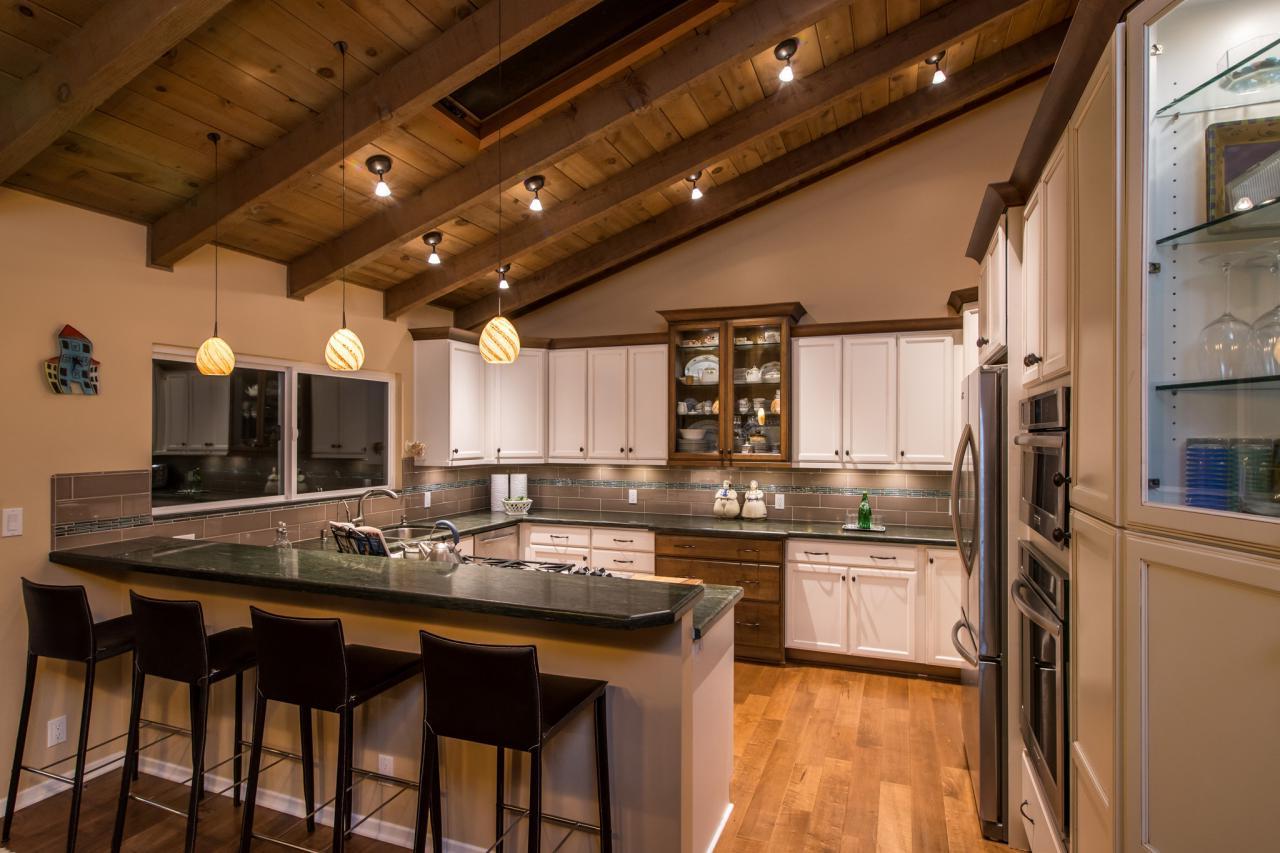

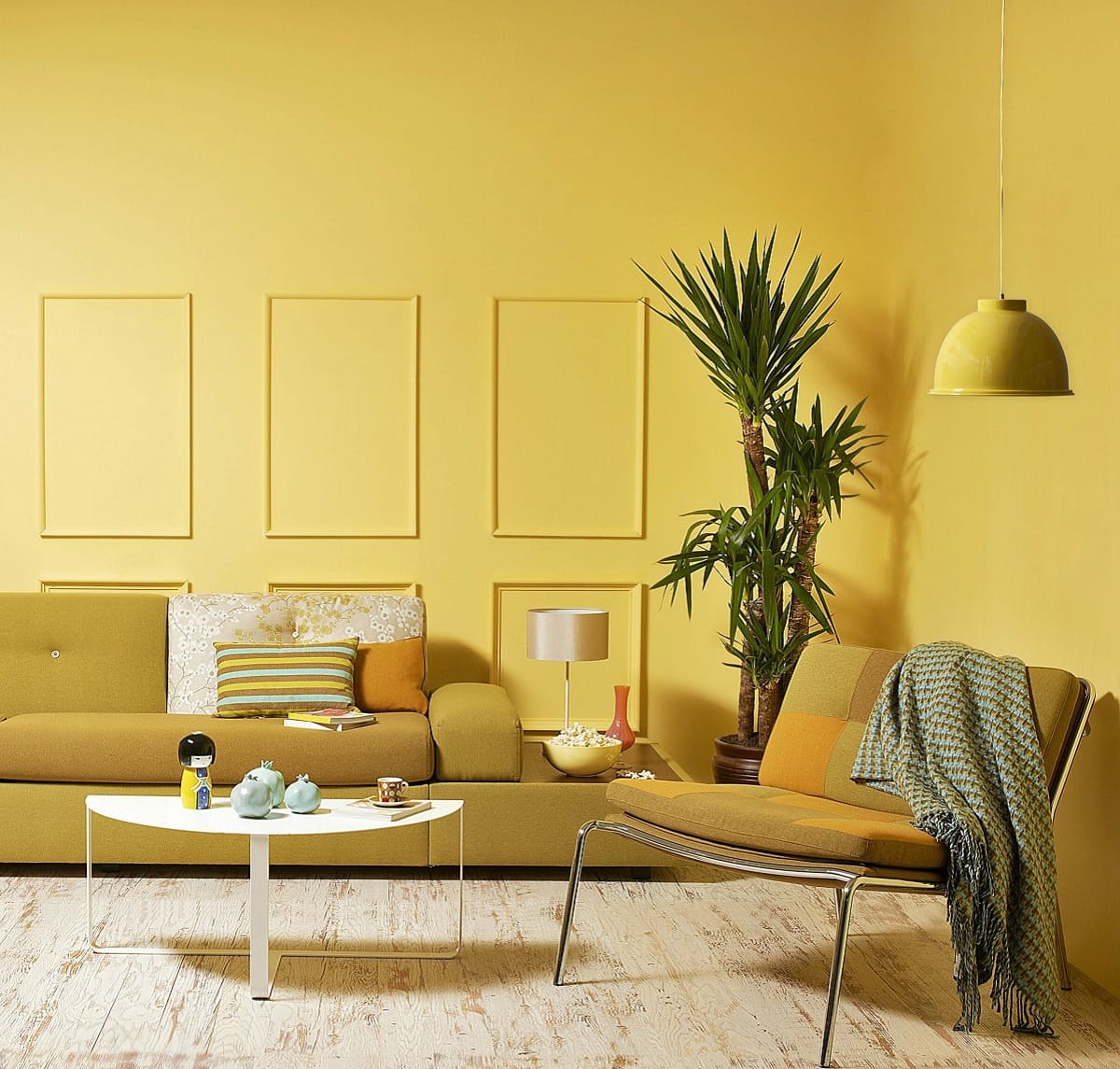
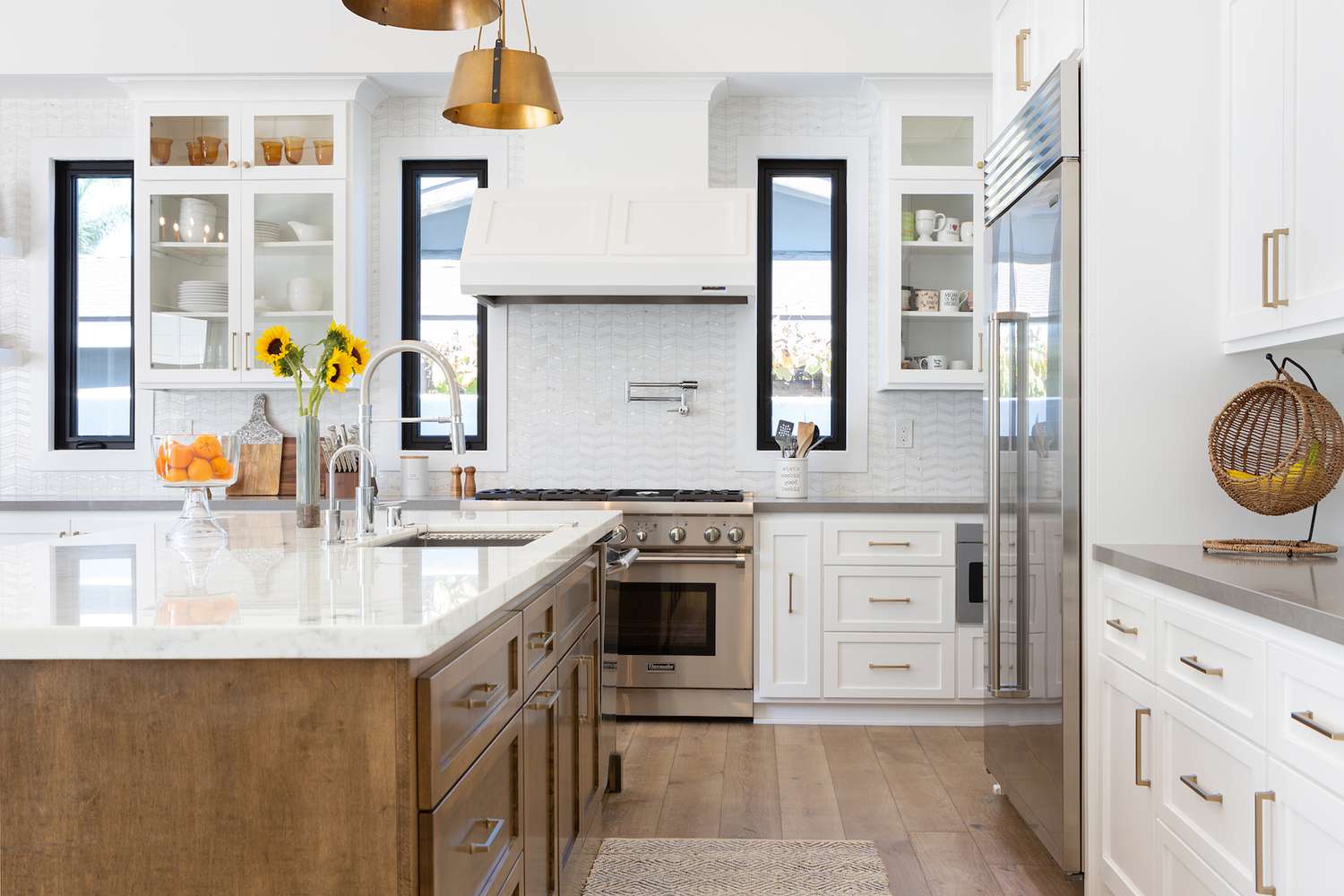
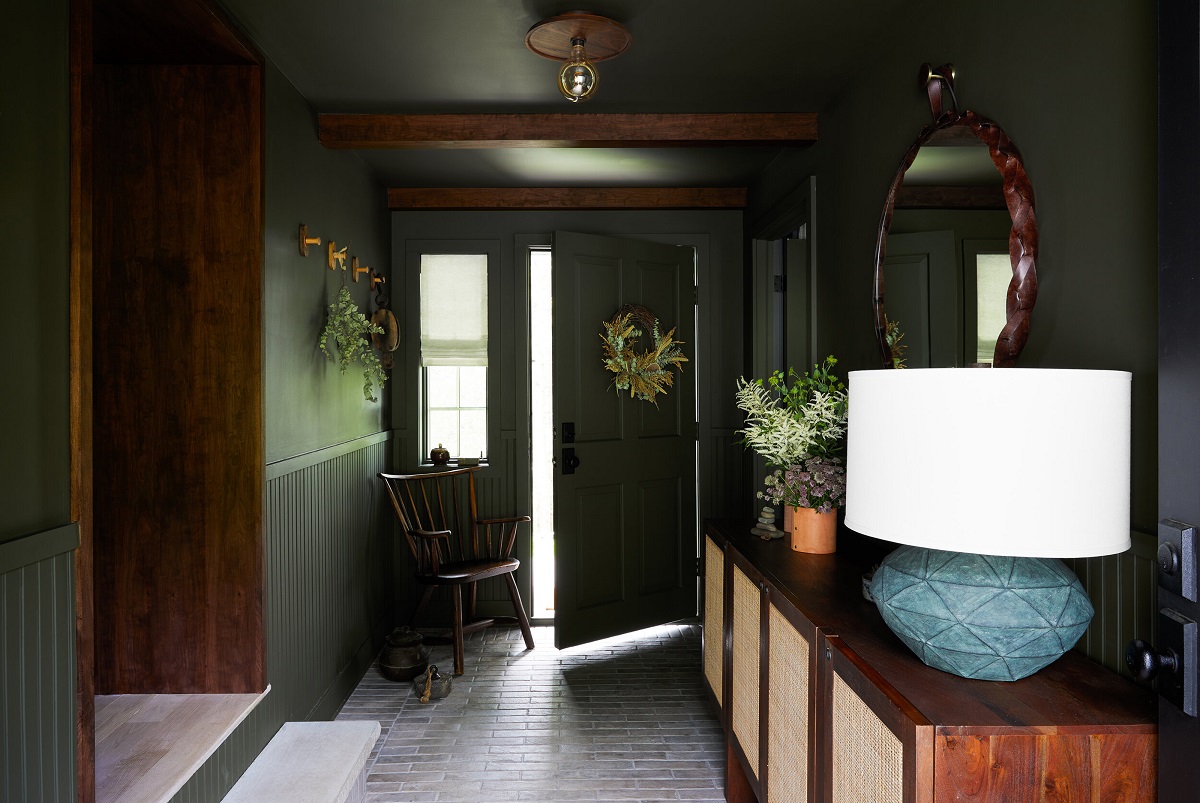
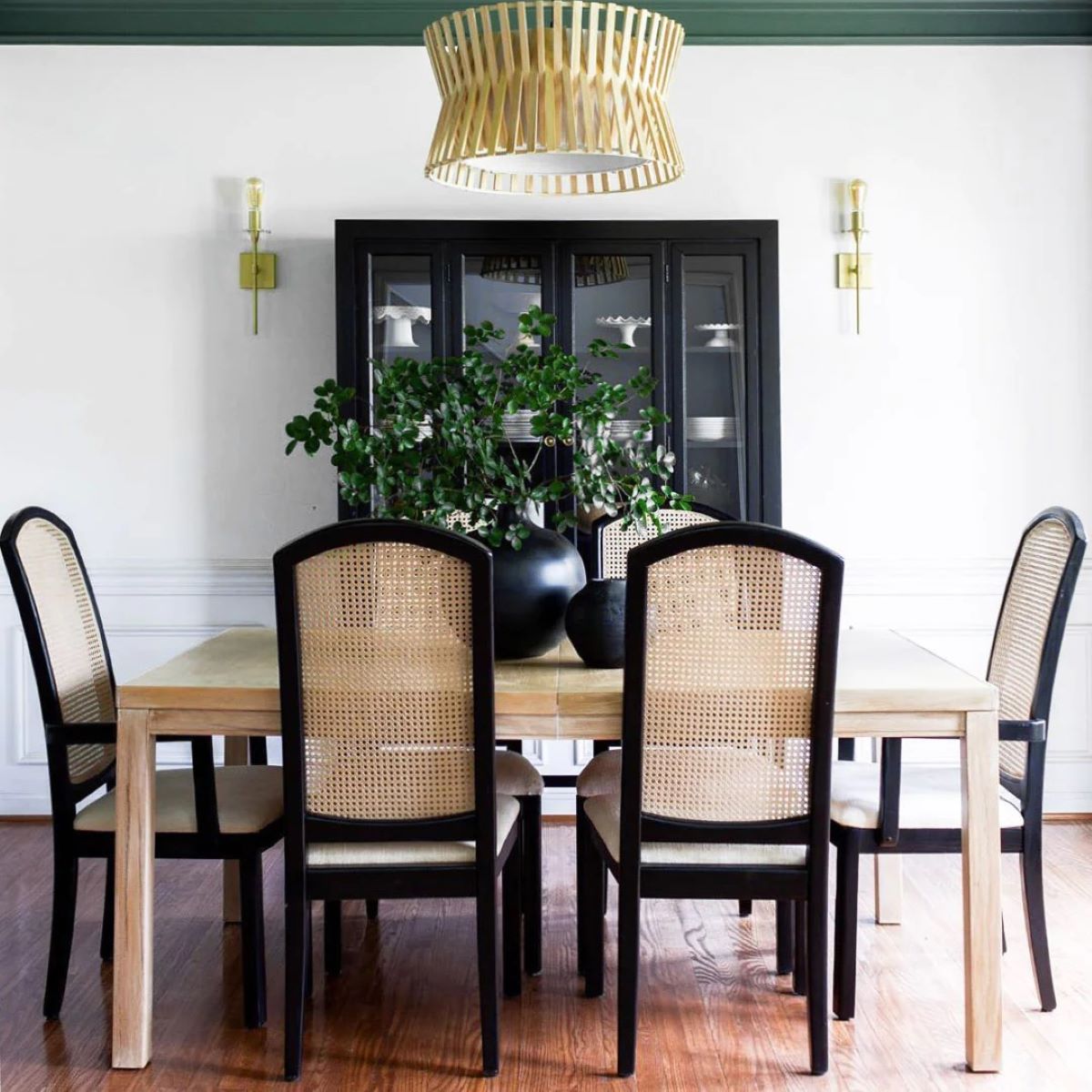
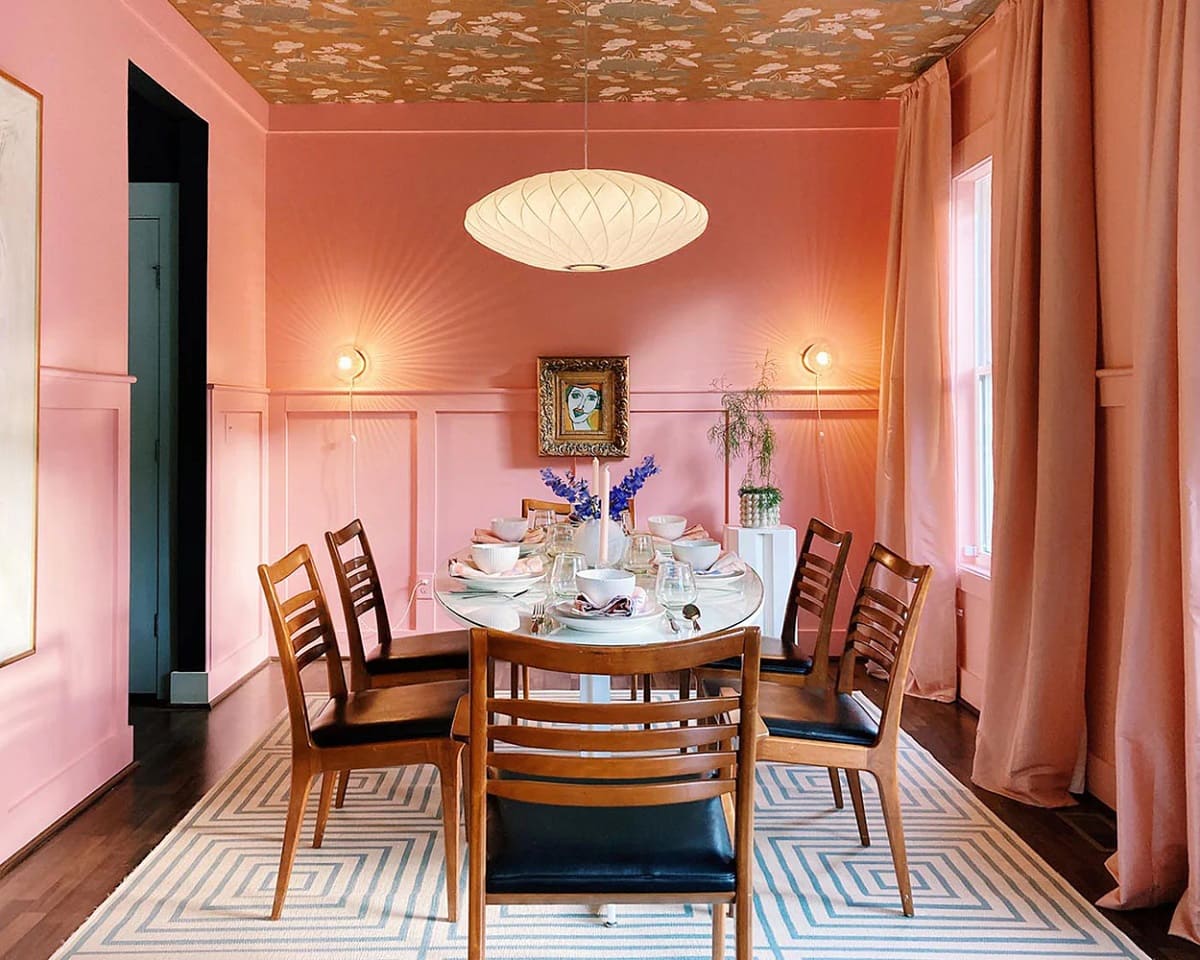

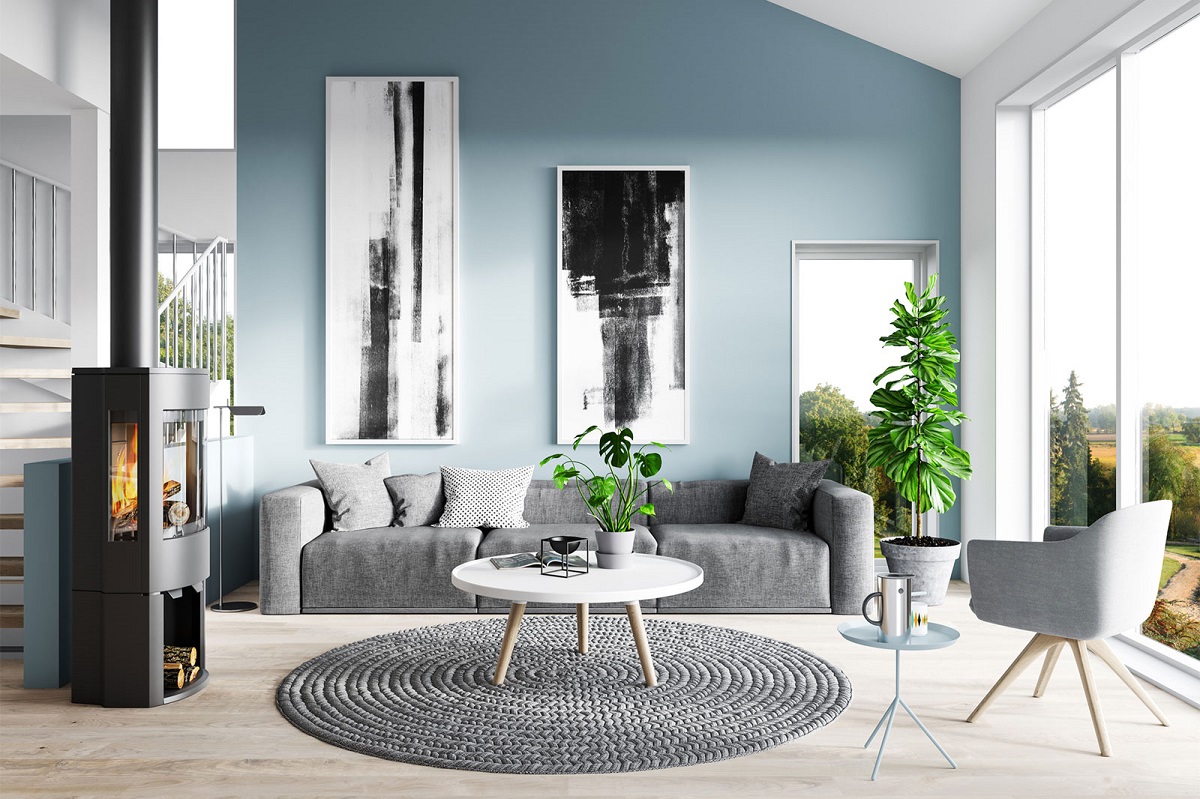
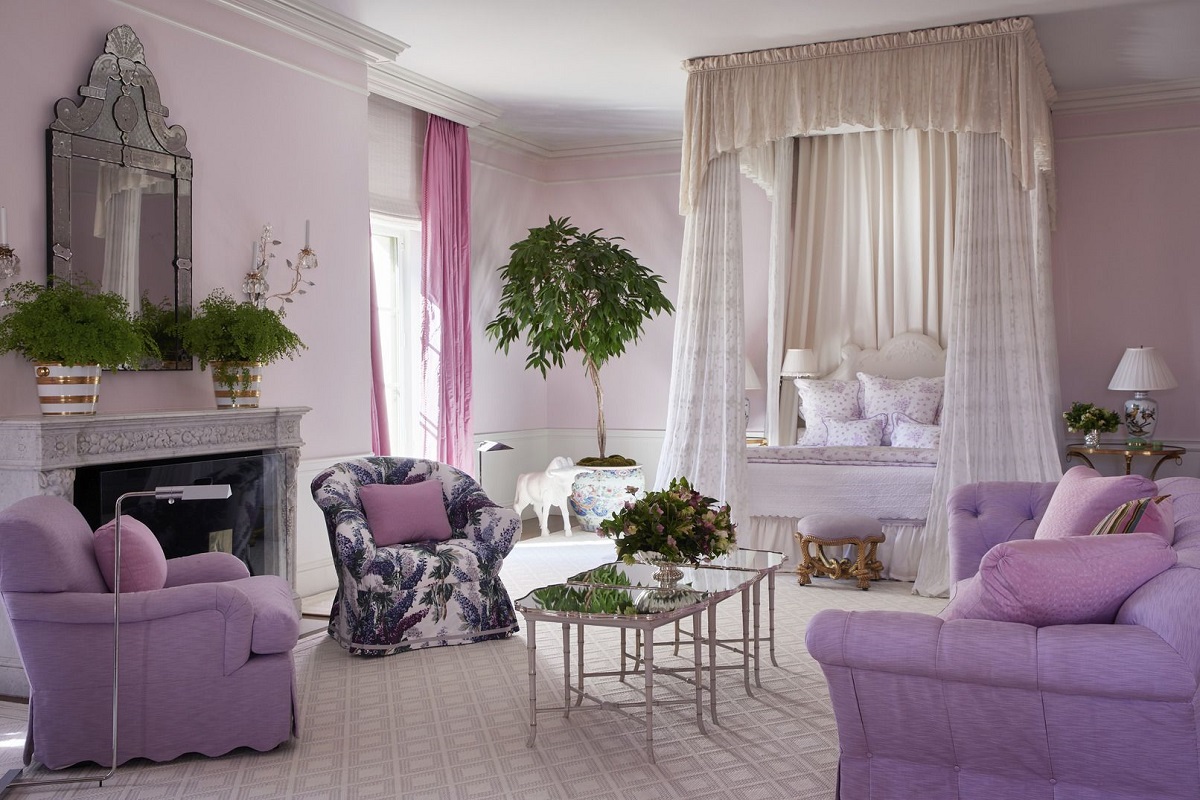
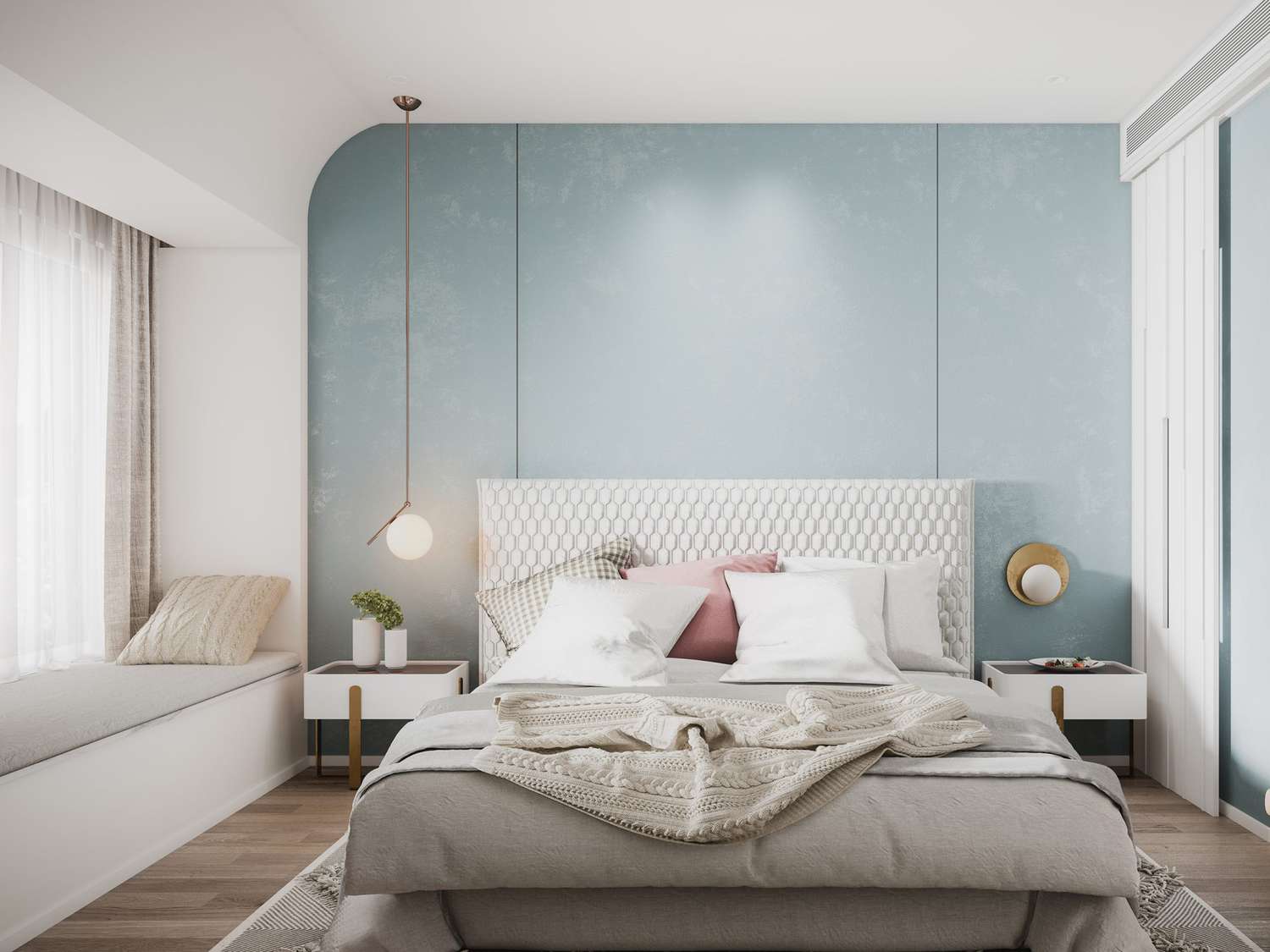
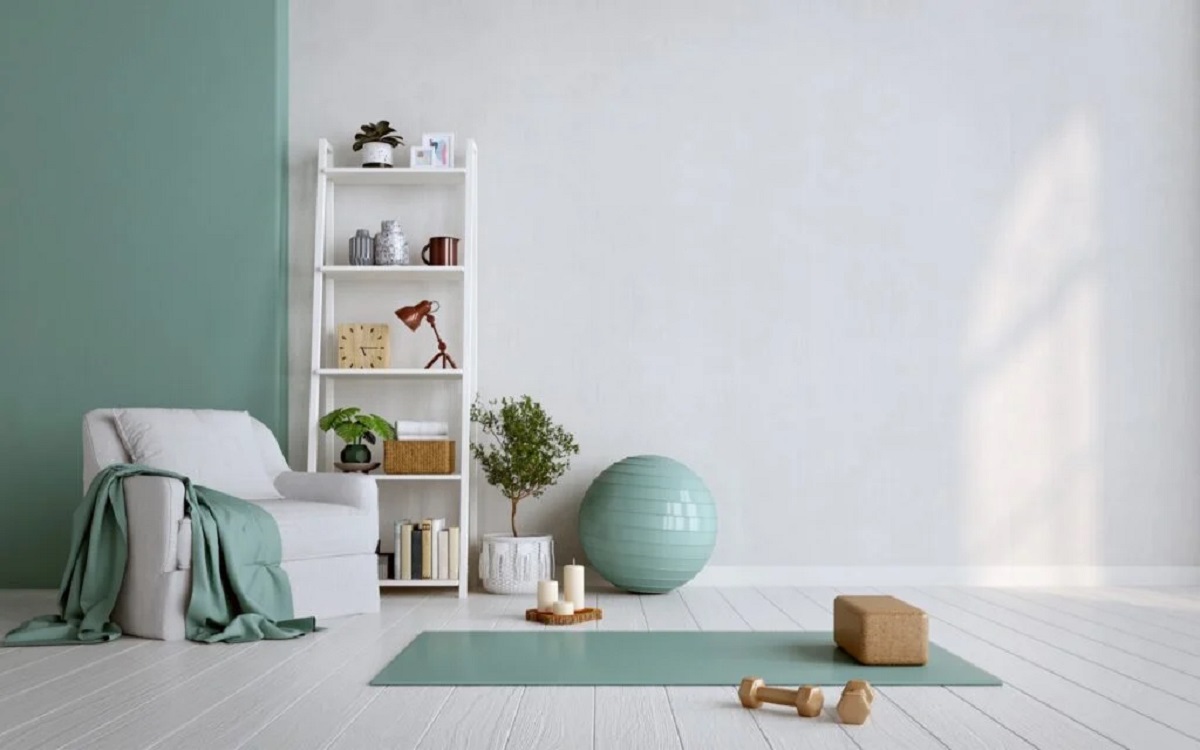
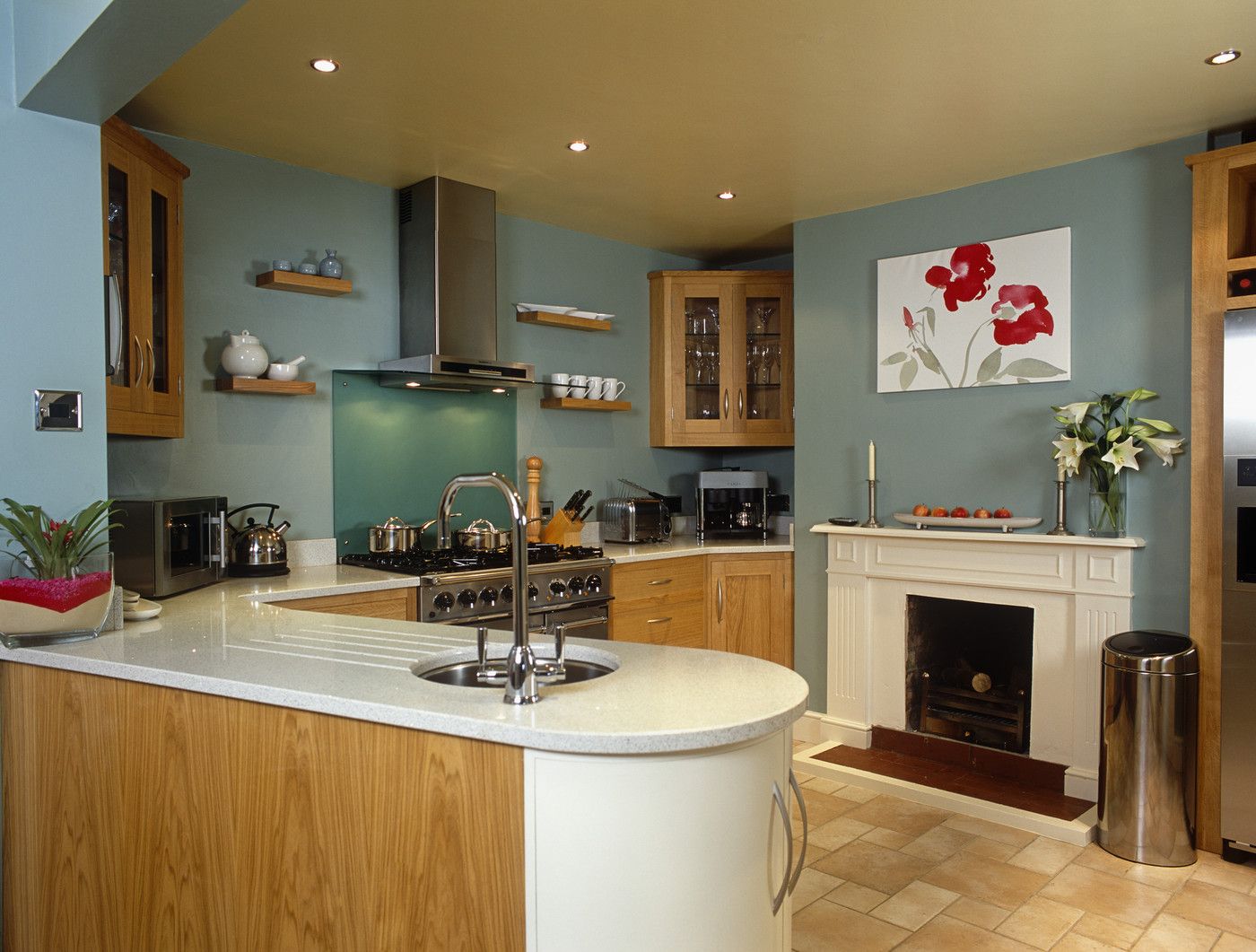
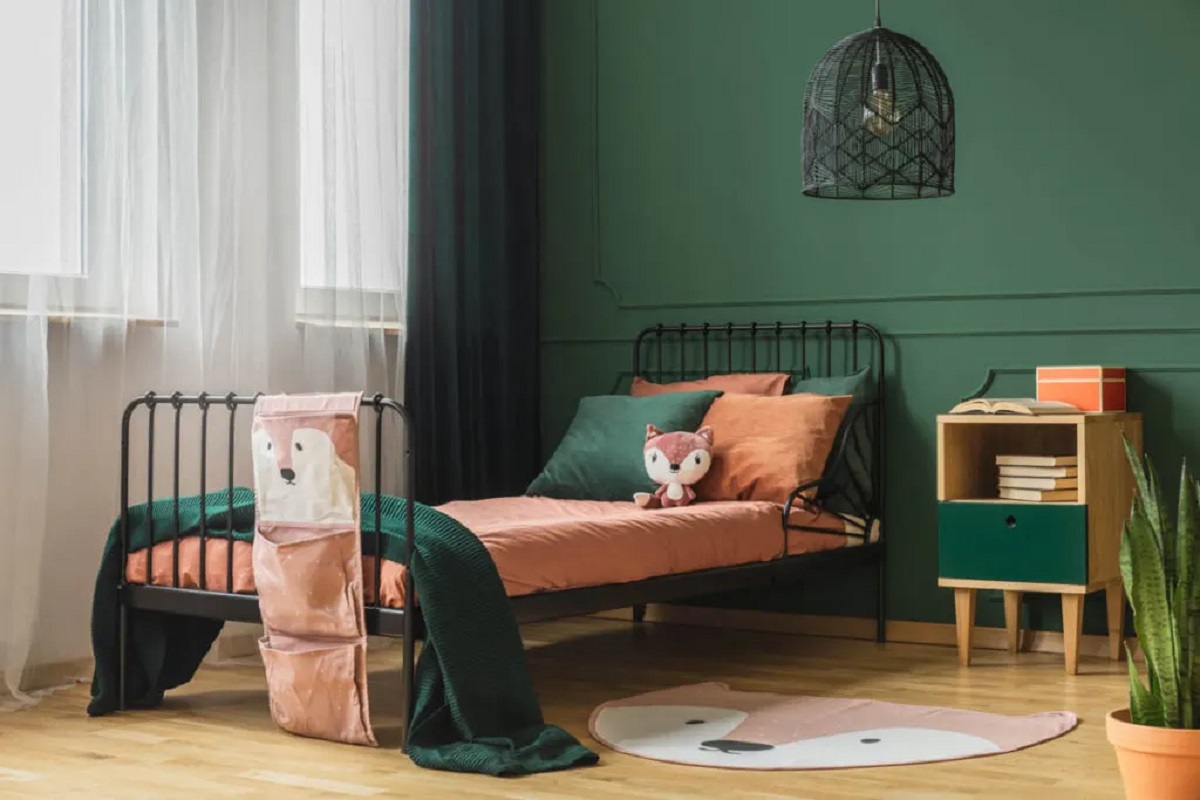

0 thoughts on “What Color Is Good For Health? The Experts Agree On This One Color”